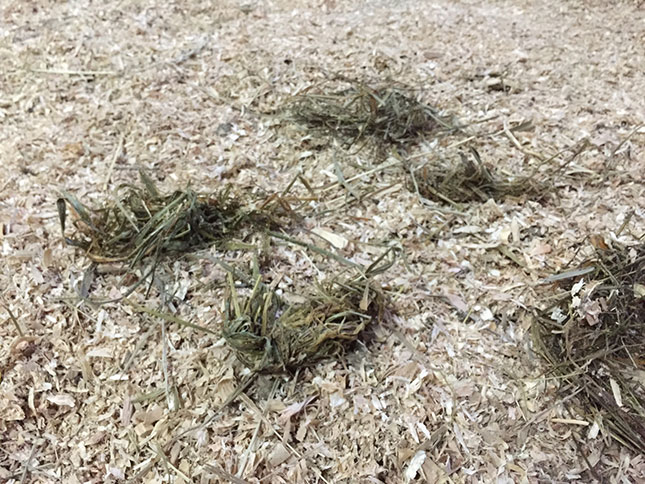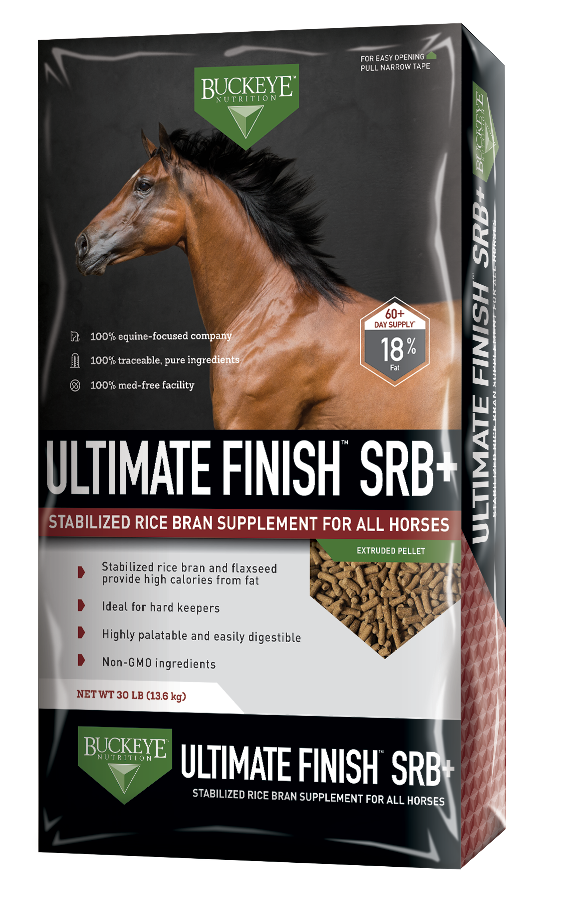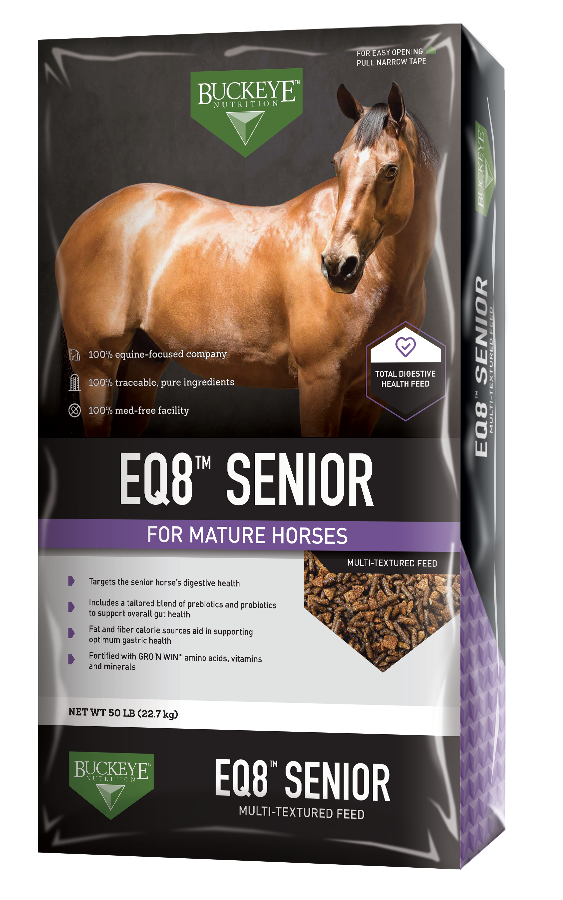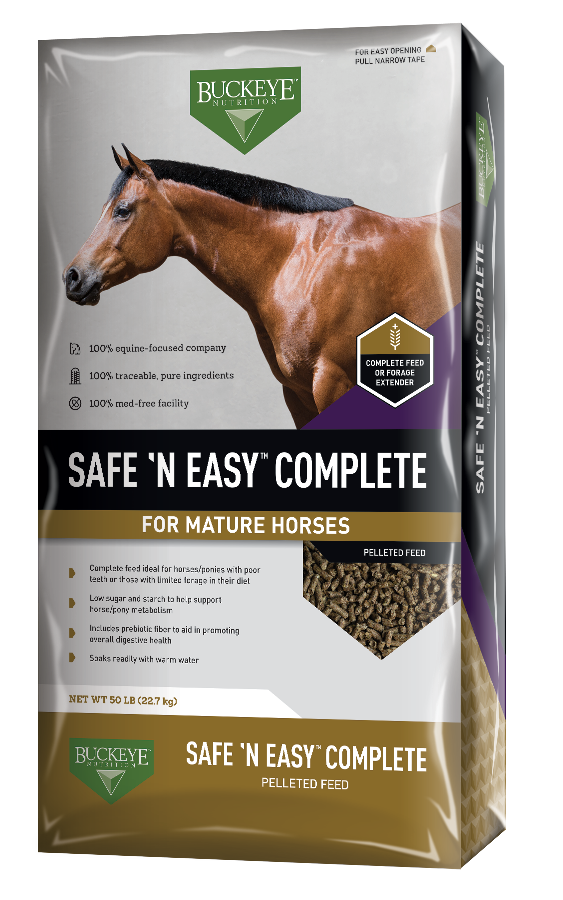Dental Losses
FEEDS FOR HORSES WITH LESS THAN PERFECT TEETH
Managing nutrition for dental losses
Dental losses and poor oral health can severely impact a horse’s ability to graze and chew food properly. Improperly chewed food can increase the risk for digestive upset. In senior horses, the most common cause of tooth loss is periodontal disease. Due to their hypsodont (high crowned teeth that continue to erupt) characteristics, horses are at risk to simply just run out of teeth as they get older.
The natural chewing process also wears teeth down over time. The older a horse gets, the more likely it is that the teeth will be either gone completely or too smooth to provide useful chewing power. Some feeding management considerations for toothless horses and ponies:
- Consider the type and amount of missing teeth. Incisors are important for grazing pasture, although horses without incisors still have some ability to grasp grasses of longer lengths. Molars grind and break down feeds. Quidding, or the dropping of feed in a semi-chewed state, is usually a result of missing molars (see the photo below).

- Provide 1.5% - 2.5% of body weight in forage per day. For toothless horses, this requires replacing dried long-stemmed hay with an alternative fiber source. Some options may include:
- Provide pasture turnout if laminitis is not a concern. Pasture does not require as much chewing as hay and can serve as a high-quality source of nutrients. Pasture must be of good quality.
- Provide alternative fiber sources such as chopped hay, hay cubes or pellets, or beet pulp. All should be soaked to ease consumption and swallowing.
- Feed a designated complete feed that can be fed with or without hay. These can either serve as a replacement for just the forage portion of the diet or as the entire diet.
- Feed a concentrate feed, either pelleted or extruded, as these are easier to chew and digest for toothless equines. Whole grains and textured feeds are not always suitable for those with missing teeth. Any feed for a horse with dental problems should be soaked to ease breakdown and swallowing.
- Feed in small, frequent meals to mimic the horse or pony’s natural grazing behavior. This means no more than 0.5% of body weight per meal.
- Soak all grain and alternative fiber sources prior to feeding to help prevent choke. This also helps toothless horses and ponies drop less feed during mealtime.
- Continue to provide free choice access to pasture or hay if choking is not a concern, as this encourages normal grazing behavior and helps to keep the gut healthy.
Recommended Diets for Horses and Ponies with Dental Losses
Complete Feeds
- Pelleted feed type
- For a 1000 lb. horse, feed 20-25 lb. per day divided into at least 4-5 meals
- Free choice forage if choking is not a concern
Feeds to be fed with an Alternative Fiber Source
- Extruded feed type
- For a 1000 lb. horse, feed 3-6 lbs. per day, depending on calorie needs
- Free choice of forage if choking is not an issue
- Supplement 1.5-2.5% of body weight in alternative fiber source
- SAFE 'N EASY Complete can be used as an alternative source of fiber
- Multi-textured feed type (pelleted and extruded)
- For a 1000 lb. horse, feed 4 lbs. per day minimum divided into 2+ meals
- Supplement 1.5-2.5% of body weight in alternative fiber source.
- SAFE 'N EASY Complete can be used as an alternative source of fiber.
- Free choice of forage if choking is not an issue
Learn more about the above horse feeds below or contact us for more details.


